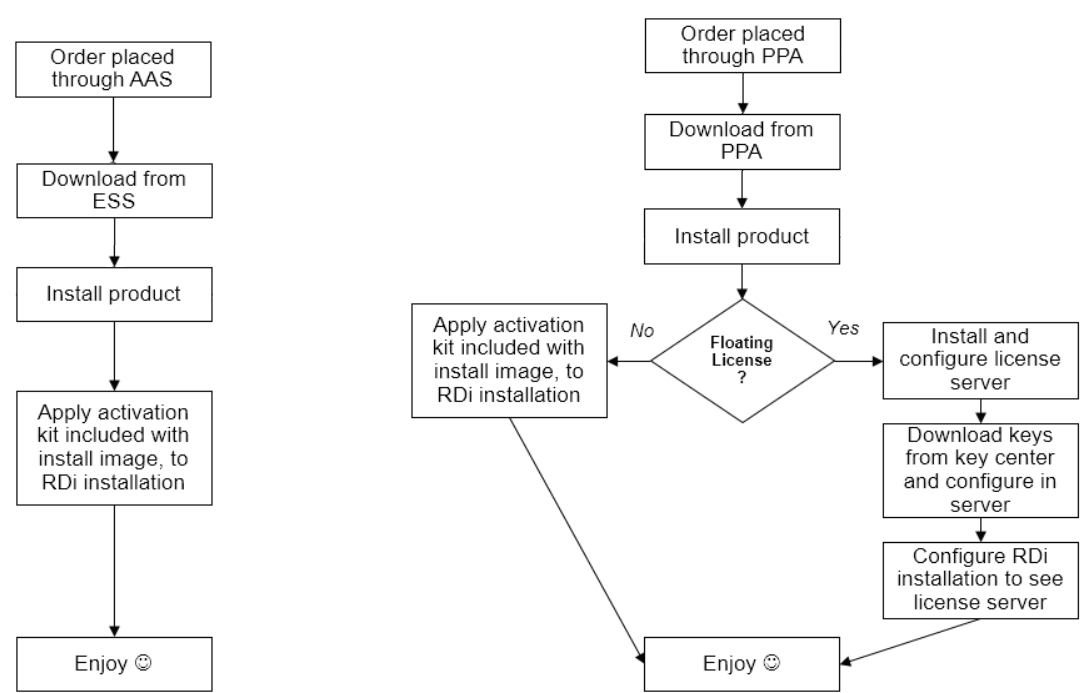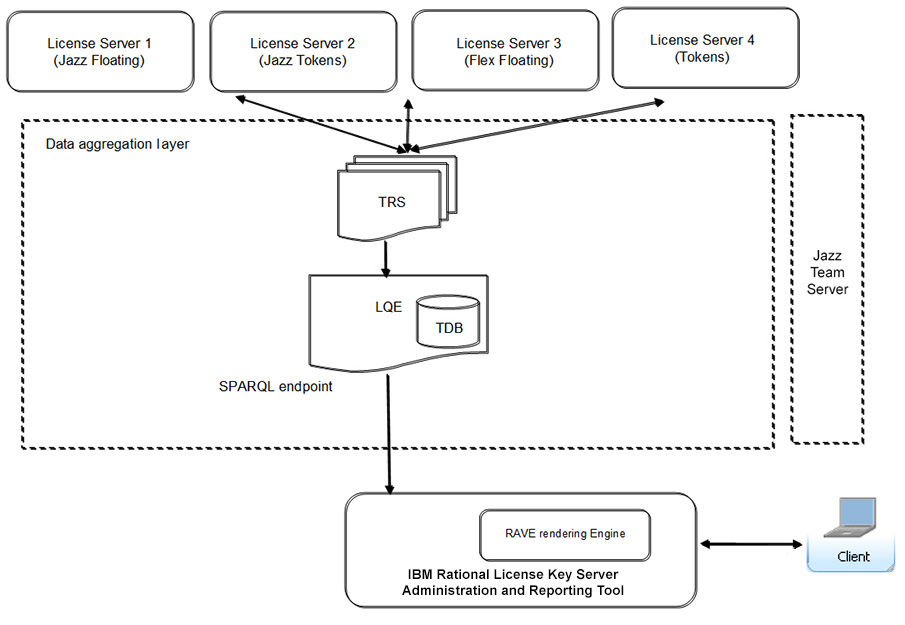

Relational databases usually work with structured data, while non-relational databases usually work with semi-structured data (i.e. An example is analysis of sales over the past year. This is opposed to data warehouses, which are considered “Analytical” databases characterized by long, complex queries that touch a large amount of data and require a lot of resources.

Integrity of data is very important so they support ACID transactions (Atomicity, Consistency, Isolation, Durability). OLTP databases can be thought of as “Operational” databases, characterized by frequent, short transactions that include updates and that touch a small amount of data and where concurrency of thousands of transactions is very important (examples including banking applications and online reservations). These databases are usually grouped into four categories: Key-value stores, Graph stores, Column stores, and Document stores (see Types of NoSQL databases).Īll relational databases can be used to manage transaction-oriented applications ( OLTP), and most non-relational databases that are in the categories Document stores and Column stores can also be used for OLTP, adding to the confusion. These RDBMS’s are mostly used in large enterprise scenarios, with the exception of MySQL, which is mostly used to store data for web applications, typically as part of the popular LAMP stack (Linux, Apache, MySQL, PHP/ Python/ Perl).Ģ) Non-relational databases, also called NoSQL databases, the most popular being MongoDB, DocumentDB, Cassandra, Coachbase, HBase, Redis, and Neo4j. The most popular of these are Microsoft SQL Server, Oracle Database, MySQL, and IBM DB2.

So let me try to explain the differences and best use cases for each.įirst lets clarify these database solutions into two groups:ġ) Relational databases, which can also be called relational database management systems ( RDBMS) or SQL databases. I see a lot of confusion about the place and purpose of the many new database solutions (“NoSQL databases”) compared to the relational databases solutions that have been around for many years.


 0 kommentar(er)
0 kommentar(er)
